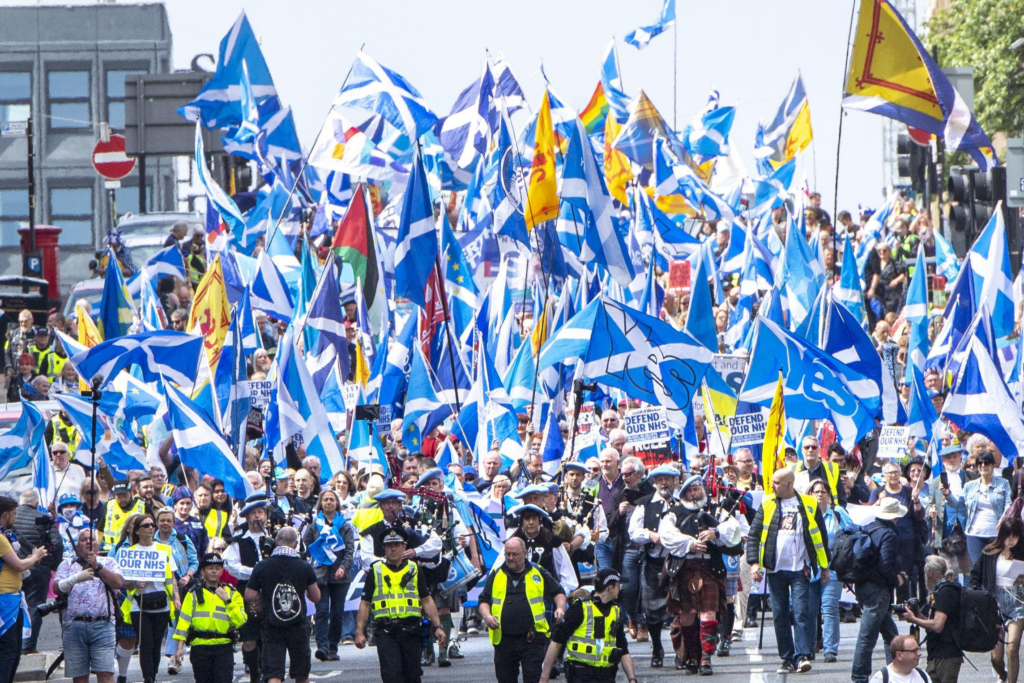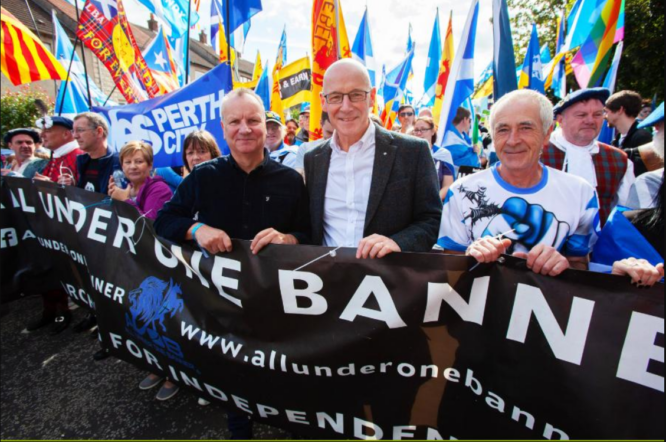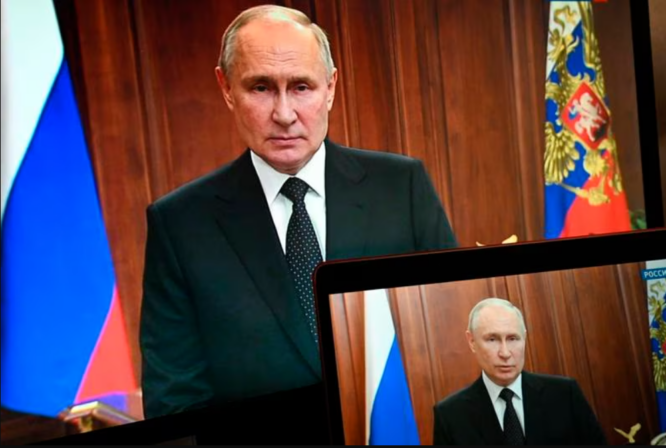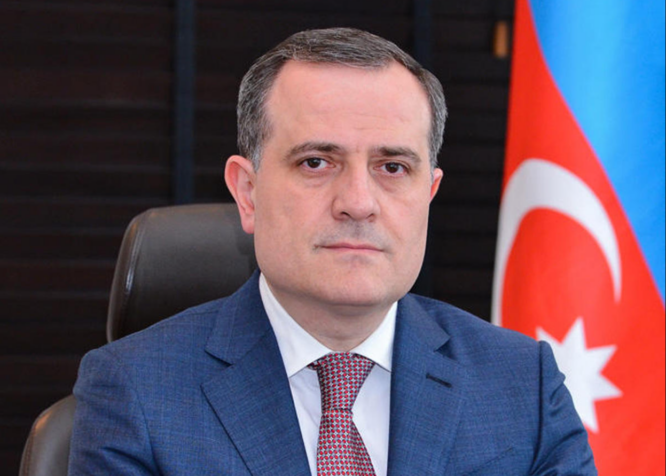MOST Under One Banner seems wrong, doesn’t it? Many Under One Banner improves but falls short. Numerous Under One Banner needs a noun.
The SNP’s top heid yins and a percentage of the membership will be in Dundee on June 24, thus all of Scotland’s Yes supporters will not attend the All Under One Banner (AUOB) march from Auld Stirling Brig to Bannockburn Field.
AUOB called the party’s postponed special independence convention date “reactionary and contemptuous” and “de facto anti-Yes behavior”.
After missing the Glasgow march on May 6 due to the King’s crowning, the organization invited First Minister Humza Yousaf to speak, which he may have accepted.
Instead, his office sent AUOB a “weird reply” before this second conflict. Perhaps they should have sought to lock in his June participation during the leadership election, when it was evident that even with all his effort, he could not attend two large daytime events in two nations simultaneously.

Some readers have argued that two huge independence festivities on one (hopefully sunny) Saturday in June is strong. Before leveraging the “enormous wealth of talent in the SNP and wider independence movement,” a slightly wounded SNP must gather and agree on a strategy for independence.
The leadership race showed huge party divisions—would a larger group give a better plan or just rammy?
Dundee’s Caird Hall has a maximum seating capacity of 2000, but losing so many marchers won’t decrease the effect of a summer march toward a historically significant battleground in a General Election year.
Theoretically, not everyone in Dundee on June 24 would have been in Stirling.
Jamie Hepburn told BBC Scotland’s Sunday Show that he spent that weekend (and “most weekends”) arguing for independence with his people, explaining why he did not join the latest Yes march.
I hope he spends most weekends unwinding and recharging after hectic weeks as a cabinet minister. SNP MPs shouldn’t campaign 24/7.
Presenter Martin Geissler wasn’t impressed with the response, claiming Hepburn may have attended to “put a hand across the divide” but didn’t because he and his colleagues didn’t like the others. “The last time I checked, they were Scottish National Party members,” he said of rally speakers Joanna Cherry and Ash Regan. Cynics could advise Hepburn to check regularly.
Geissler’s question implied that a Scottish Government representative appearing at an AUOB gathering would be significant and convey a clear statement. How come?
A party leader addressing thousands of independence supporters at a rally should not be contentious. Why should it be perceived as a hand to everyone else doing the same that day?
After the 2014 vote, Labour lawmakers “stood shoulder to shoulder” with Conservatives to defend the Union. This partnership with political opponents for a shared purpose was proposed to leave a lasting mark.
Since then, society has increasingly judged “sharing a platform” with someone who expresses divergent viewpoints on a variety of issues reprehensible, even if the platform is used to confront and criticize.
Are the SNP so worried about being accused of standing “shoulder to shoulder” with Alex Salmond (and even some of their own colleagues) that the FM and his Cabinet colleagues will continue to avoid AUOB events, perhaps even making up excuses to be elsewhere?
Who would protest if a government minister was photographed with the Alba Party leader? Some newspapers, but not the majority of Yes supporters, who may not favor Salmond but recognize his freedom to advocate for independence and acknowledge that others would vote for him.
Geissler’s framing—that attending the same event as another political person signifies endorsing them or “putting a hand out”—should be rejected. A big flag doesn’t require shoulder-to-shoulder combat.





